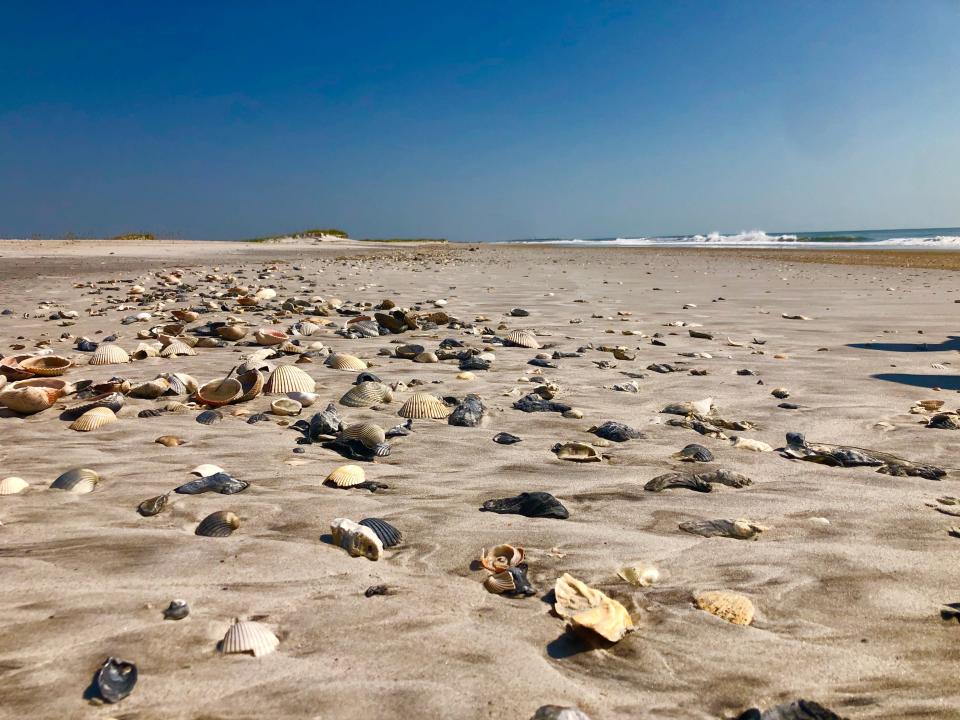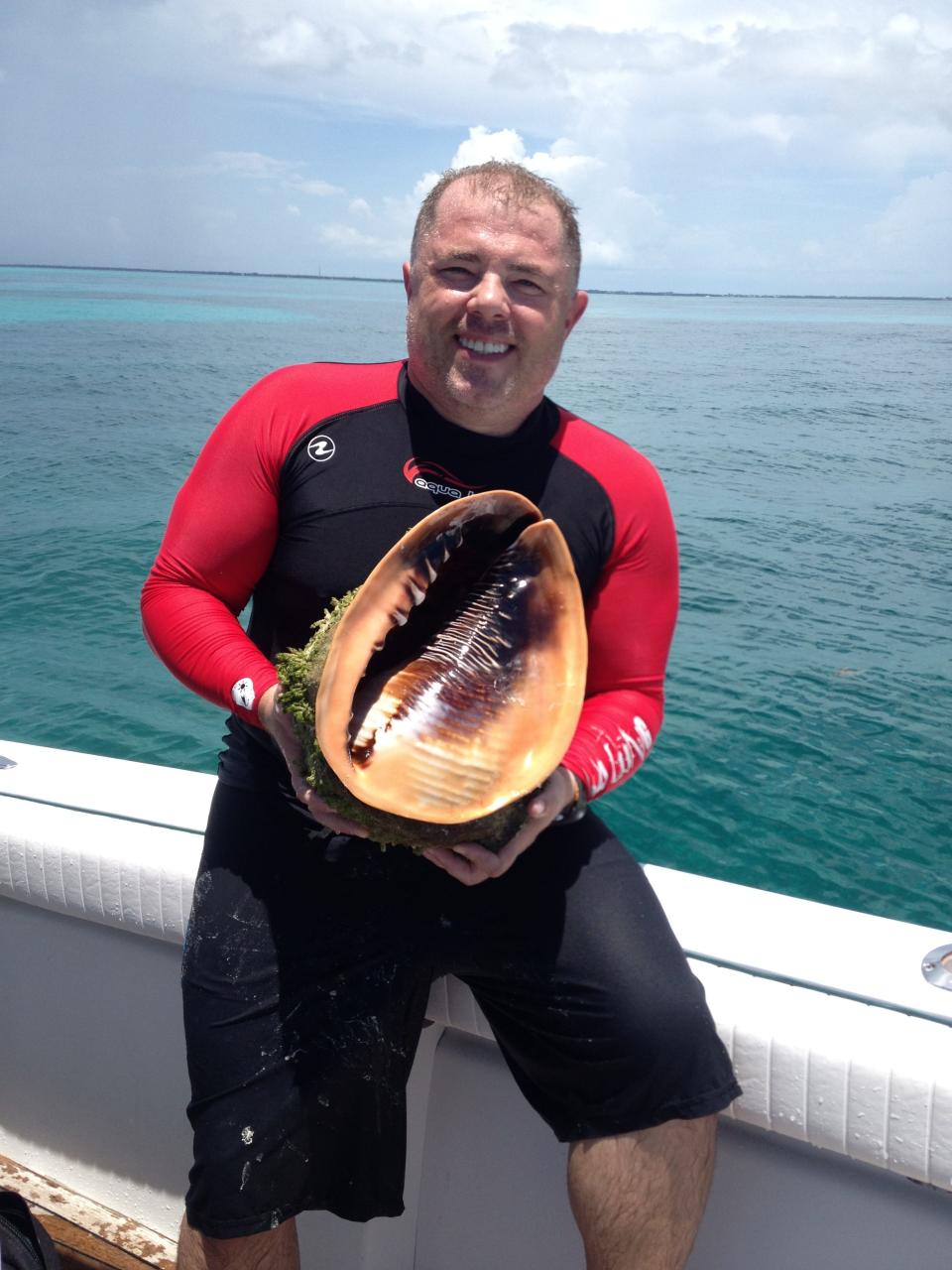Shell yeah: Here are the hot spots to find unique shells at Wilmington-area beaches

They’re usually up with the sun, long before the crowds flock to the Wilmington area beaches for a day of sunning and wading in the ocean.
Those early risers — the shell seekers — will tell you when it comes to shelling, the early collector gets the treasure.
Here are five things to know for those searching for shells along North Carolina’s beaches.
Where are the best places to find shells?
Mark Johnson, a Wilmington resident, has been collecting shells for as long as he can remember and now serves as the president of the North Carolina Shell Club. He’s found shells all over the state’s coast and around the country.
He explained that when it comes to the “best” place for shells, that may change but it's typically best to search more remote sections of beach.
“The further you can get away from people, the better chances you have of finding something unique,” he said.
He noted typically Lea-Hutaff Island and Figure Eight Island are good places to find shells. The North Carolina Shell Club’s website also recommends combing the beaches of Masonboro Island, the Fort Fisher Recreation Area, Bald Head Island and Bird Island, which is accessible by foot from the west end of Ocean Isle Beach.
Johnson said renourishment projects at Oak Island and Holden Beach have enhanced shelling at those beaches.
“Amazing things are coming up there, like fossils, sub fossils, and coral,” he said.
More about nature: The Green Swamp is living up to its name just weeks after a wildfire torched 16,000 acres
When is the best time to find shells?
While most shell-seekers head to the beach soon at sunrise, Johnson said the best time to find shells is right after a storm, especially a nor’easter, tropical storm, or hurricane. He adds the tides can also contribute to better-than-usual shelling, with exceptionally high tides washing more shells ashore and lower-than-normal tides exposing more of the beach.

What kinds of shells can people expect to find?
When it comes to Johnson’s favorite shell to find, he notes it’s difficult to pick just one.
“My favorite type of shell is the one I happen to be looking for at the moment,” he joked.
While he does have a special appreciation for the Scotch Bonnet, which is North Carolina’s state shell, it’s rare to find one in this area. Typically, whole Scotch Bonnets are only found intact between Cape Hatteras to Cape Lookout, but Johnson did find one while scuba diving off the coast of Wilmington.
Some of the more common shells one may find are the Atlantic Oyster Drill, the Shark-eye Moon, the Common Northern Moon, and several species of Whelk, including Knobbed, Kiener’s, Lightning, Channeled, and Pear.

What about conservation and education?
When it comes to collecting shells, Johnson said he and the other club members practice conservation. He explained shells are living fauna, and the club promotes the collecting of dead shells — those washed up on the beach — and only the documentation through photographs and description of live shells in their habitat.
Johnson also noted shelling can be important for science. He recalled while scuba diving off the coast of Wrightsville Beach, he found a species of shell that had not yet been discovered or described. He documented it, and had it named for his mother.
"That just goes to show what one lone person can do for science," he said.
How can I learn more about shells?
Founded in 1957, the North Carolina Shell Club is open to any person interested in collecting shells.
Johnson said the club is dedicated promoting shells and the animals that make them, supporting citizen scientists, engaging in philanthropy by establishing scholarships and grants, and promoting a culture of camaraderie and fellowship. For more information, visit the club’s website at ncshellclub.com.
The Museum of Coastal Carolina, 21 E. Second Street, Ocean Isle Beach, also has a shell collection featuring more than 200 different shells.
This article originally appeared on Wilmington StarNews: Where to find shells on Wilmington NC beaches

